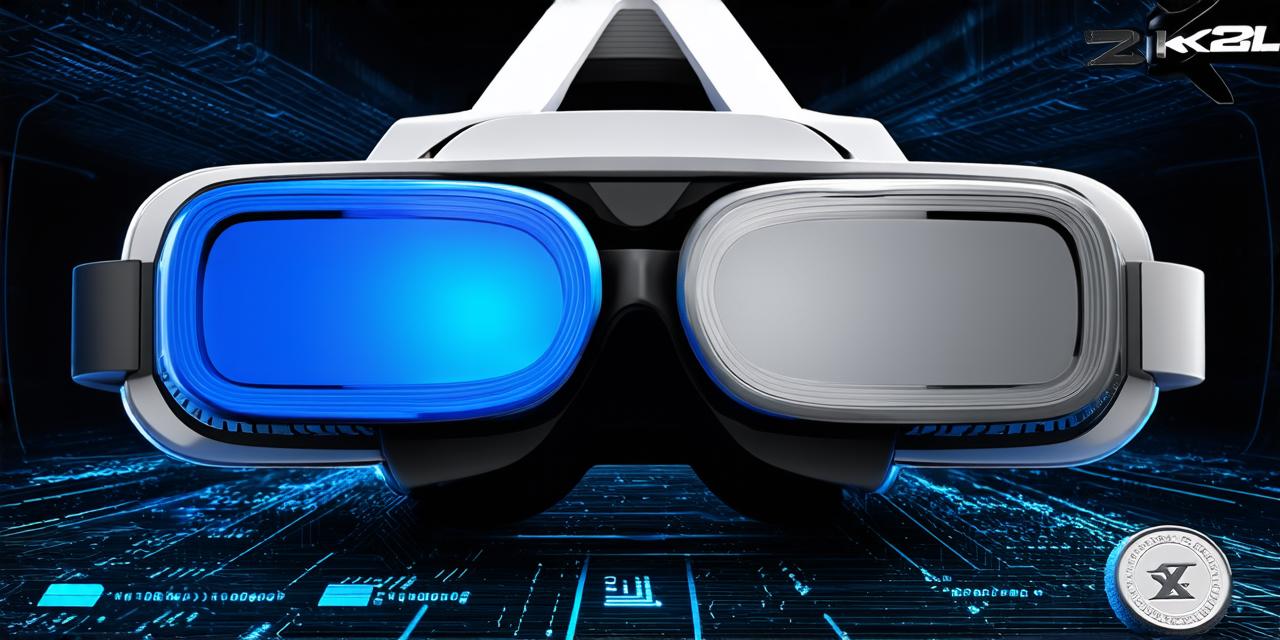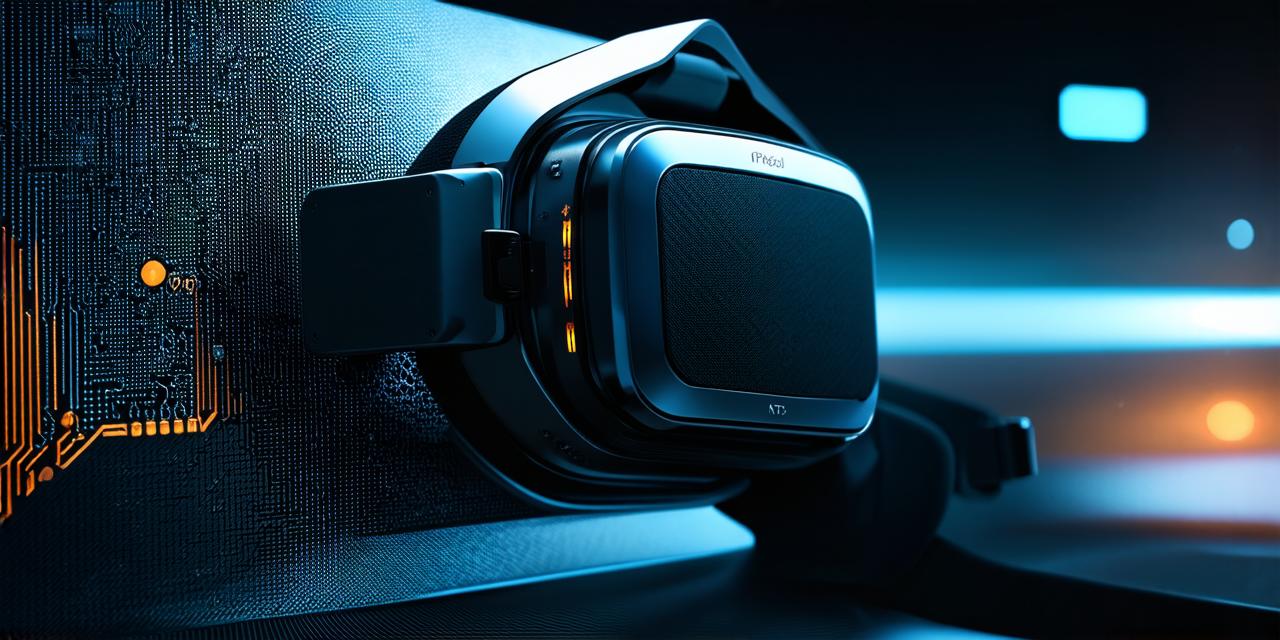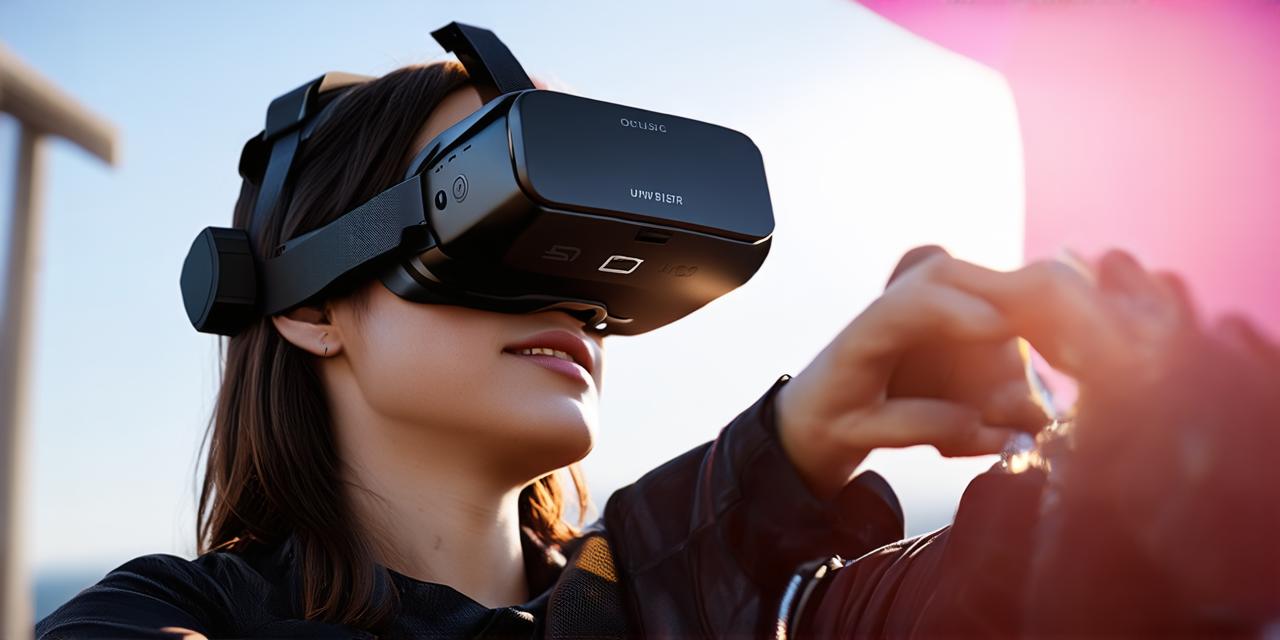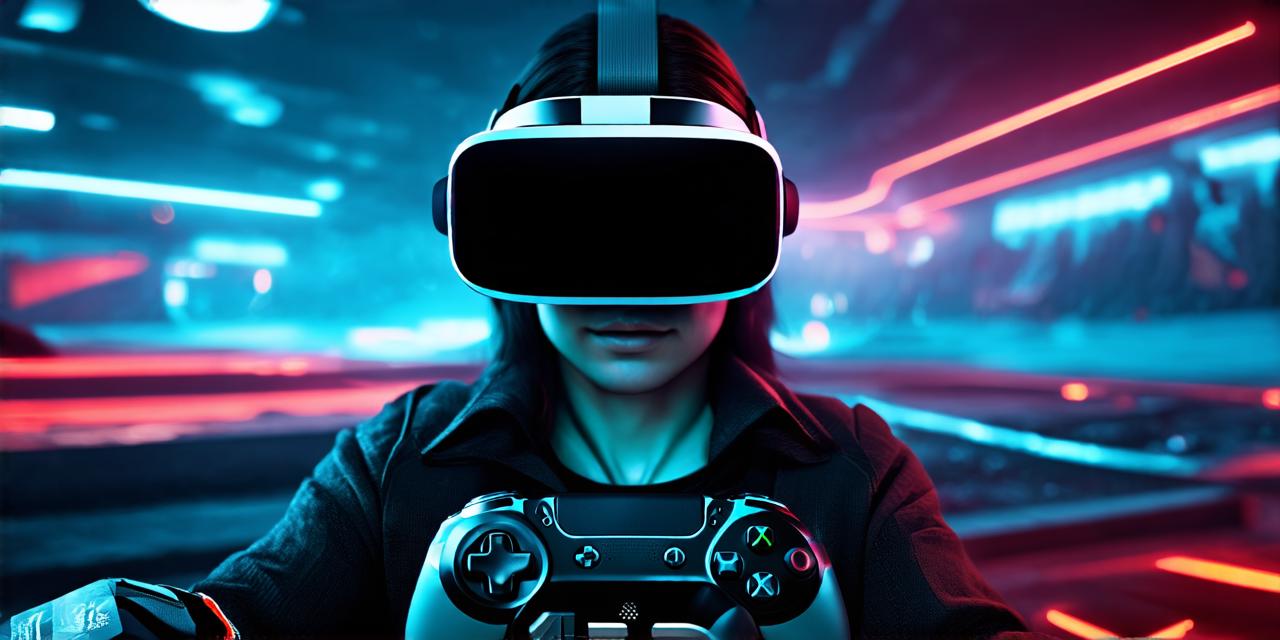What is the Passthrough Feature?
The passthrough feature on a VR headset allows users to see their real-world surroundings while still being immersed in a virtual environment. This means that while wearing the VR headset, users can still see and interact with objects in the physical world around them. The passthrough feature is typically activated by pressing a button on the headset or through a mobile app connected to the headset.
Why is the Passthrough Feature Popular?
There are several reasons why the passthrough feature is becoming more popular among AR developers. First, it allows users to be more present and engaged in their physical environment while still being able to experience virtual content. For example, a user could be attending a conference or meeting while still being able to explore a virtual exhibit hall or attend a virtual presentation.
Second, the passthrough feature can help users feel more connected to their physical surroundings. This is particularly important in environments where safety is a concern, such as construction sites or emergency response situations. By allowing workers to see and interact with their physical environment while still being able to access critical information through a virtual headset, the passthrough feature can help improve safety and efficiency.
Finally, the passthrough feature can be used for educational purposes, such as allowing students to explore historical or scientific sites while still being able to interact with their physical environment. This can enhance the learning experience by making it more interactive and engaging.
Real-Life Examples of Passthrough in Action
One real-life example of the passthrough feature in action is in the field of construction. Workers on a construction site can use a VR headset with a passthrough feature to access critical information about their surroundings, such as building plans or safety protocols. At the same time, they can still interact with their physical environment and communicate with their colleagues on site.
Another example is in the field of emergency response. Firefighters and paramedics can use a VR headset with a passthrough feature to access critical information about a situation while still being able to see and interact with their physical environment. This can help them make more informed decisions and respond more quickly to an emergency.
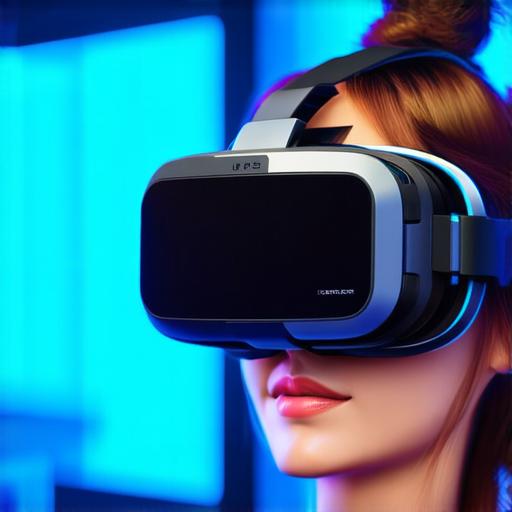
The Role of Passthrough in AR Development
As AR technology continues to evolve, the passthrough feature is likely to become even more important for developers. By allowing users to be more present and engaged in their physical environment while still being able to access virtual content, the passthrough feature can help improve the user experience and make AR applications more practical and effective.
Additionally, the passthrough feature can be used to create more interactive and engaging educational experiences. For example, a history teacher could use a VR headset with a passthrough feature to take their students on a virtual tour of a historical site while still being able to interact with their physical environment and provide real-time feedback.
Case Studies of Passthrough in Action
One case study of the passthrough feature in action is the use of VR headsets by surgeons during surgery. Surgeons can use a VR headset with a passthrough feature to access critical information about a patient’s anatomy and medical history while still being able to see and interact with their physical environment on the operating table. This can help improve the accuracy of surgical procedures and reduce the risk of complications.
Another case study is the use of VR headsets by architects during the design process. Architects can use a VR headset with a passthrough feature to explore different design options while still being able to interact with their physical environment and provide real-time feedback to clients and team members. This can help streamline the design process and improve communication between stakeholders.
Frequently Asked Questions (FAQs)
1. What is the passthrough feature on a VR headset?
The passthrough feature on a VR headset allows users to see their real-world surroundings while still being immersed in a virtual environment.
2. Why is the passthrough feature becoming more popular among AR developers?
It allows users to be more present and engaged in their physical environment while still being able to experience virtual content, improves safety and efficiency, and can be used for educational purposes.
3. Can the passthrough feature be used in emergency response situations?
Yes, firefighters and paramedics can use a VR headset with a passthrough feature to access critical information about a situation while still being able to see and interact with their physical environment.
4. How can the passthrough feature be used in education?
Teachers can use a VR headset with a passthrough feature to create more interactive and engaging educational experiences, such as virtual tours of historical sites or scientific simulations.
